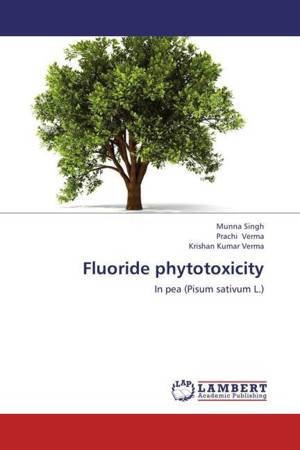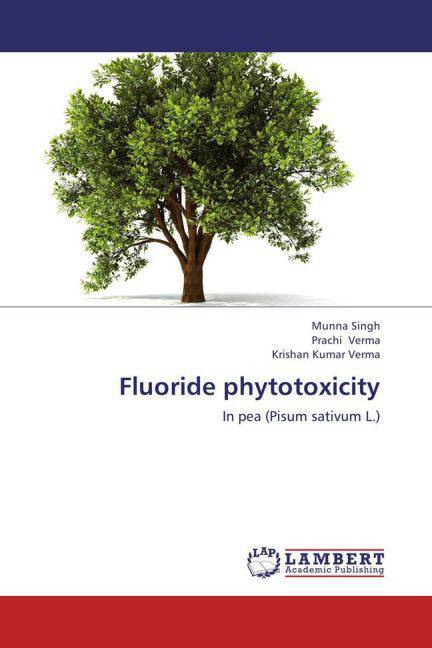
- Afhalen na 1 uur in een winkel met voorraad
- Gratis thuislevering in België vanaf € 30
- Ruim aanbod met 7 miljoen producten
- Afhalen na 1 uur in een winkel met voorraad
- Gratis thuislevering in België vanaf € 30
- Ruim aanbod met 7 miljoen producten
Zoeken
Fluoride phytotoxicity
In pea (Pisum sativum L.)
Munna Singh, Prachi Verma, Krishan Kumar Verma
Paperback | Engels
€ 64,45
+ 128 punten
Omschrijving
Worldwide ~200 million people from 28 tropical countries passing through the risk from fluoride poisoning known as fluorosis. It is estimated that ca. 65% Indian villages are at high risk of fluoride. India, Pakistan, China, Sri Lanka, Thailand, West Africa, Southern Africa, Estonia and Mexico are prone for ground water fluoride contamination. India has lowered its permissible upper limit from 1.5-1 mg/l and China has adopted the same, as it prevents dental caries. Nearly 99% of the total body burden of fluoride is retained in bones and teeth. It also gets concentrated in kidney and blood plasma cells. USDA has unapproved fluoride as an ingredient. About 95% of fluoride deposited in soil surface, unavailable to plants while, atmospheric fluoride enters in the cells through stomatal diffusion, becomes a great concern globally for herbivores and other consumers in the nature. Till date, three major anthropogenic sources of fluoride identified, i.e. phosphate fertilizer, combusted coal and industrial waste with phosphate to pollute soil and water. The excess fluoride may affect nearby ecosystem and their inhabitants in times to come with impaired plant performance and carbon-economy.
Specificaties
Betrokkenen
- Auteur(s):
- Uitgeverij:
Inhoud
- Aantal bladzijden:
- 108
- Taal:
- Engels
Eigenschappen
- Productcode (EAN):
- 9783659323034
- Verschijningsdatum:
- 23/01/2013
- Uitvoering:
- Paperback
- Afmetingen:
- 150 mm x 220 mm
- Gewicht:
- 168 g

Alleen bij Standaard Boekhandel
+ 128 punten op je klantenkaart van Standaard Boekhandel
Beoordelingen
We publiceren alleen reviews die voldoen aan de voorwaarden voor reviews. Bekijk onze voorwaarden voor reviews.








